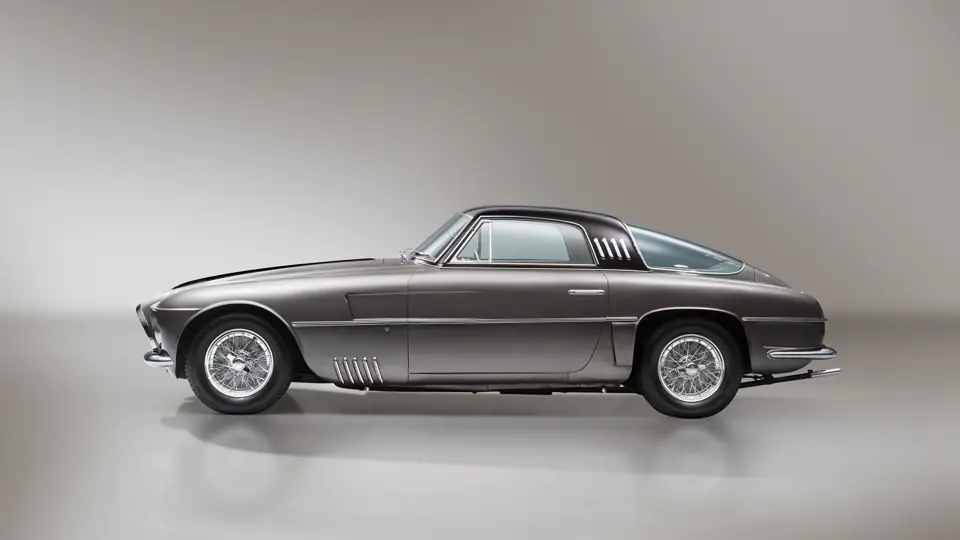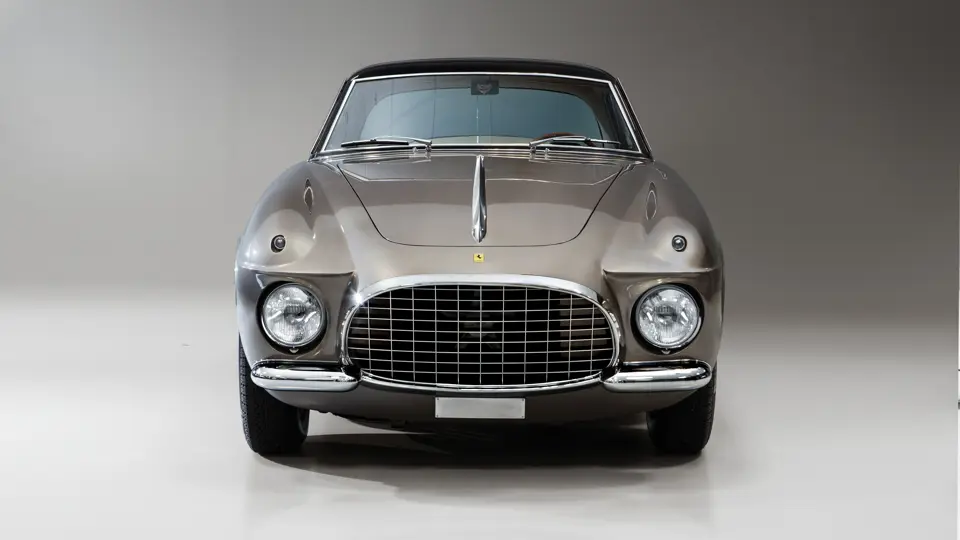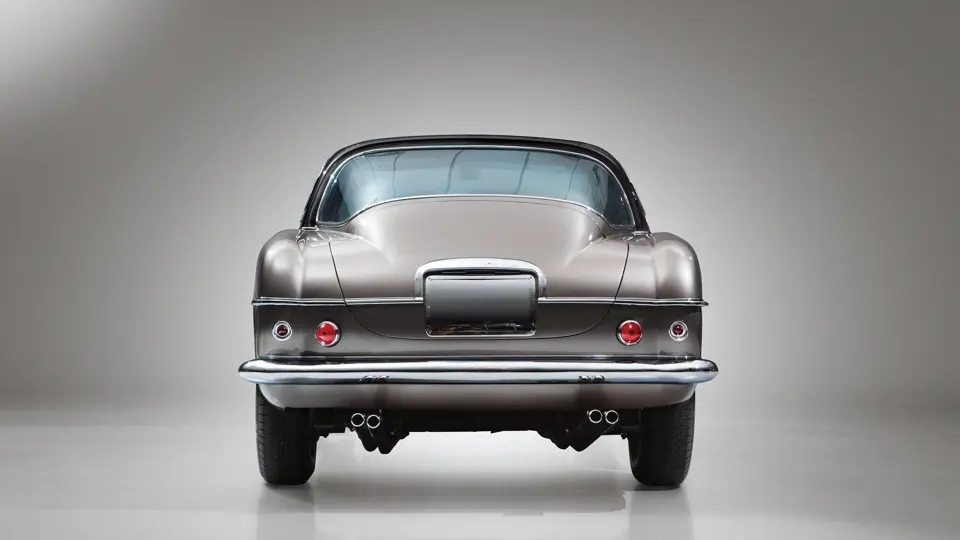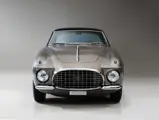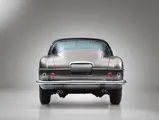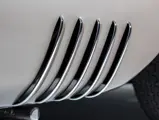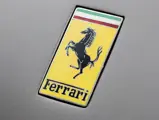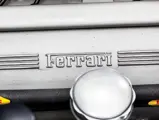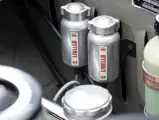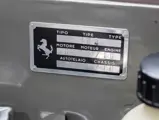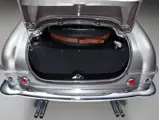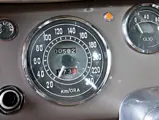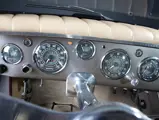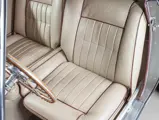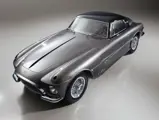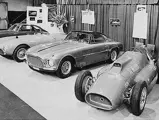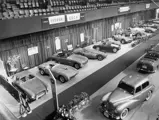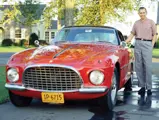
1953 Ferrari 250 Europa Coupé by Vignale
{{lr.item.text}}
€2,871,000 EUR | Sold
{{bidding.lot.reserveStatusFormatted}}
- Shown at the 1954 World Motor Sports Show in New York
- A brilliant example of an early one-off coachbuilt Ferrari
- 2012 Villa d’Este and 2015 Cavallino Classic award winner
- Ferrari Classiche certified
- Presentata nel 1954 al World Motor Sports Show di New York
- Bellissimo esempio di fuoriserie Ferrari dei primi anni
- Vincitrice a Villa d'Este e del premio Cavallino Classic
- Certificate Ferrari Classiche
Within the hierarchy of 250 Europas, chassis 0313 EU is amongst the most significant. In order to fully understand its significance, one must understand the series. Ferrari built just 22 of the 250 Europa before the introduction of the second-series 250 Europa GT, 18 of which were bodied by Pinin Farina, leaving just four examples to be clothed by Vignale. This car is the second such Vignale example built. Furthermore, following 0313 EU’s production, only five more road-going Ferraris would be fitted with Vignale coachwork thereafter.
It is an archetype of Vignale’s coachwork, featuring numerous characteristics that the coachbuilder was known for. Headlights inset into the front bumpers helped to create pronounced ‘eyebrows’, and the turn indicators are deeply recessed into the front wings. A chrome trim strip wraps around the bodywork from the front wheel arches toward the stern around the trunk, emphasizing the length of the car. Finally, the vents located just ahead of the doors and on the sail panels are accented with chrome.
Shipped to what would quickly become Ferrari’s most important market, 0313 EU arrived in New York City at Luigi Chinetti Motors in December of 1953. One month later, it appeared at the World Motor Sports Show at Madison Square Garden. Sporting red paint, the car had been repainted just prior to the show, allegedly at Chinetti’s request. Afterwards, the Ferrari was purchased by Mike Garber of Framingham, Massachusetts. Purchasing the car at a price of $17,500, Garber kept the car for four years before selling it through Gaston Andrey to George H. Parker of Rome, New York.
The Europa became Parker’s four-season daily driver, and proved to be quite a reliable car over the next two years, leaving him stranded on only one occasion when a stretched timing chain needed to be replaced. Parker was married in March of 1959, and he and his new bride immediately hit the road in the Ferrari, moving both the car and themselves to California for Mr Parker’s new job.
The Europa remained in California with the Parkers until 1960, when it was sold to Leonard Renick, a Cadillac dealer in Fullerton. Interestingly, he replaced the Ferrari’s original Lampredi V-12 with a supercharged Chevrolet V-8, a common engine swap at the time, as Ferrari parts were difficult to source in North America. Furthermore, the car’s distinctive bumpers were removed along with its rear chrome trim, and its nose was repaired after a minor incident.
As of 1968, chassis 0313 EU was owned by Philip Stanton of Los Angeles, who sold the car to Ferrari of Los Gatos in 1976. It was purchased later that year by Constantine Baksheef and Alec Sokoloff of Palo Alto. Sometime thereafter, the 250 Europa was taken off the road, but it would remain in California before being sold in 2009 to Heinrich Kämpfer of Seengen, Switzerland.
With a reputation for accurate and well-executed Ferrari restorations, it is estimated that Kämpfer spent over 3,000 hours on the car in restoration and an additional 800 hours with outside specialists to painstakingly bring 0313 EU back to its former glory. Various missing trim pieces, including the bumpers and grille, were reproduced to exacting specifications. Kämpfer commissioned the same company that produced the leather in 1953 to re-trim the car, as well as new Wilton wool carpeting down to the proper thickness, and even sourced period-correct ICI nitro-cellulose lacquer to refinish the car in its original Bruno Siena. During this time, the engine, number 0331 EU, was found to be largely complete, though the block was beyond repair. As such, a new block was cast by Ferrari Classiche, and that engine was fitted to a gearbox of the correct type.
Reflecting the restoration’s overall attention to detail, 0313 EU is accompanied by an incredible file, detailing both its history and restoration and includes samples of the paint, leather and carpet, as well as original screws, nuts, bolts and clamps found on the car when it was disassembled prior to the restoration.
Finished in October of 2011, the car’s first public outing was at the Concorso d’Eleganza Villa d’Este in 2012, where it was awarded the Trofeo Foglizzi for best interior design, and would later earn an 11-page colour feature in issue 194 of Cavallino magazine and would also grace both digital and print pages for a handful of other publications. Perhaps its most interesting source of fame since its restoration is becoming the inspiration for one of the featured liveries for Ferrari’s 70th anniversary models, dubbed ‘The Grand Tourer’.
Returning to North America in 2013, the Vignale coupé was shown at a variety of shows, including the 60 Years of Ferrari celebration in Beverly Hills in October of 2014 and at the 2015 Cavallino Classic, where it was awarded Platinum and the Ferrari Classiche Cup. Following its purchase by its current custodian in 2015, the car has been exceptionally well preserved in its as-restored condition. Benefitting from a recent service, it remains ready to drive, enjoy and show at concours events worldwide.
Tra le 250 Europa, quella con telaio 0313 UE, è tra le più interessanti. Per apprezzarla completamente, però, bisogna pensare alla serie di cui fa parte. Ferrari infatti ha costruito solo 22 250 Europa prima di passare alla seconda serie, la 250 Europa GT. Delle Europa, 18 erano carrozzate Pinin Farina, mentre solo 4 erano Vignale. Questa vettura è il secondo esemplare di Vignale. Va ricordato, inoltre, che dopo quest'auto solo altre cinque Ferrari sarebbero state realizzate da questa carrozzeria.
Quest'auto è un concentrato di tutti gli stilemi tipici della carrozzeria torinese, come i fari incorporati nei paraurti anteriori con quelle pronunciate sopracciglia o gli indicatori di direzione incassati nel muso. C'è poi quella lingua cromata che avvolge la carrozzeria, dai passaruota anteriori alla coda, disegnando così tutta la lunghezza dell'auto. Infine, le branchie vicino alle portiere e dietro ai finestrini, anch'esse evidenziate dal cromo.
Spedita in quello che ben presto sarebbe diventato il mercato più importante per la Ferrari, quest'auto arrivò all'importatore Luigi Chinetti Motors di New York nel dicembre del '53. Un mese dopo, fece la sua apparizione al World Motor Sports Show al Madison Square Garden. Verniciata in rosso, l'auto è stata ridipinta poco prima della presentazione, presumibilmente su richiesta dello stesso Chinetti. Successivamente è stata acquistata da Mike Garber di Framingham, Massachusetts, che la comprò per 17.500 dollari. Garber la tenne quattro anni, prima di venderla, tramite Gaston Andrey, a George H. Parker di Rome, New York.
Questa 250, che nel frattempo diventa il mezzo guidato quotidianamente da Parker, si dimostra un'auto affidabile per i successivi due anni, fatta eccezione per l'allungamento di una catena della distribuzione. Nel marzo del '59 Parker si sposa e così, insieme alla sua signora, si trasferisce, a bordo di quest'auto, in California, dove c'era il nuovo lavoro ad attenderli.
L'Europa rimane in California con i Parker fino al 1960, quando viene venduta a Leonard Renick, concessionario Cadillac di Fullerton. Interessante notare che Renick fa sostituire il motore originale Lampredi V-12 con quello di una Chevrolet V-8 sovralimentato. Una pratica comune, ai tempi, visto che i pezzi di ricambio Ferrari erano molto difficili da reperire in Nord America. Nel frattempo anche i paraurti originali vengono tolti e così pure la cromatura posteriore, mentre il muso viene riparato dopo un piccolo incidente.
Dal 1968 l'auto diventa di proprietà di Philip Stanton di Los Angeles, che la vende alla Ferrari di Los Gatos nel '76. A fine anno viene acquistata da Costantino Baksheef e Alec Sokoloff di Palo Alto. E per qualche tempo la 250 Europa sparisce dalla circolazione, pur restando in California, almeno fino al 2009, quando viene comprata dallo svizzero di Seengen, Heinrich Kämpfer.
Con la sua reputazione di Ferrari restaurate impeccabilmente, si pensa che Kämpfer abbia passato più di 3.000 ore a lavorare sull'auto e almeno 800 ore con altri specialisti per riportare la 0313 EU ai suoi antichi fasti. Vari pezzi mancanti, inclusi i paraurti e la griglia, sono stati meticolosamente riprodotti. Addirittura, Kämpfer commissiona la pelle per i sedili alla stessa azienda che l'aveva fornita nel '53. La nuova moquette di lana Wilton viene regolata al giusto spessore. Viene anche ritrovato una vernice ICI a base di nitrocellulosa di quel periodo, per riportarla alla sua tinta originale Bruno Siena. Il propulsore numero 0331 UE è stato trovato in gran parte completo, anche se il blocco motore era impossibile da riparare. Per questo motivo ne è stato fuso uno nuovo da Ferrari Classiche. A questo motore, poi, è stato montato un cambio del tipo corretto indicato.
L'attenzione al restauro è rispecchiata dalla ricca documentazione che accompagna la vettura. Dentro, oltre alla cronistoria dei lavori, ci sono campioni di vernice, pelle, moquette, nonché viti, dadi, bulloni e morsetti originali trovati sull'auto prima che venisse smontata.
Ultimata nel mese di ottobre del 2011, la prima riapparizione in pubblico è stata al Concorso d'Eleganza di Villa d'Este (2012) dove le è stato assegnato il Trofeo Foglizzi per il miglior disegno degli interni. Successivamente le è stato dedicato un servizio di 11 pagine nella rivista nº 194 del Cavallino. Pubblicazione questa, insieme ad altre, che è fornita con la macchina. È interessante notare che disegno e colori di quest'auto hanno ispirato una delle linee dedicate ai 70 anni della Ferrari soprannominata “The Grand Tourer”.
Ritornata negli Stati Uniti nel 2013, la coupé di Vignale ha preso parte a una serie di manifestazioni tra cui la celebrazione dei 60 anni della casa di Maranello a Beverly Hills (ottobre 2014) e al Cavallino Classic del 2015, dove si è aggiudicata le coppe Platinum e Ferrari Classiche. A seguito dell'acquisto da parte del suo attuale proprietario nel 2015, l'auto si presenta com'era fresca di restauro. Recentemente tagliandata, la coupé è pronta per essere guidata e sfoggiata nei concorsi di tutto il mondo.




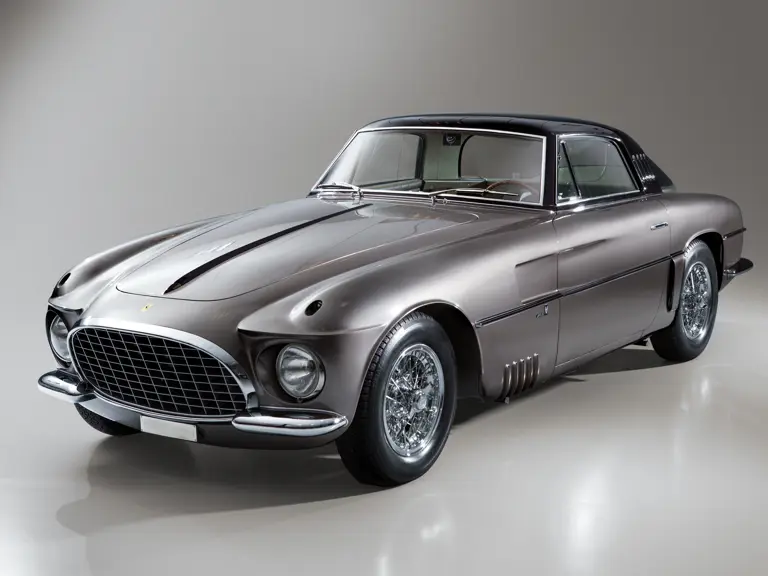

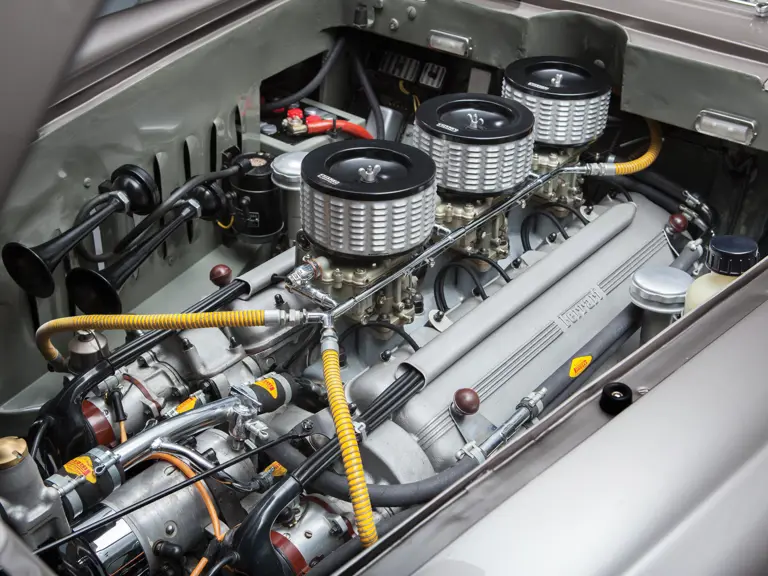
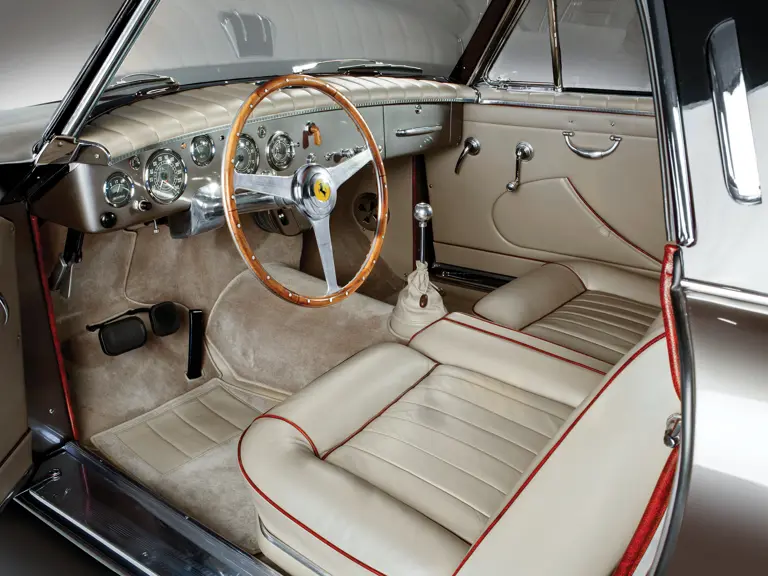
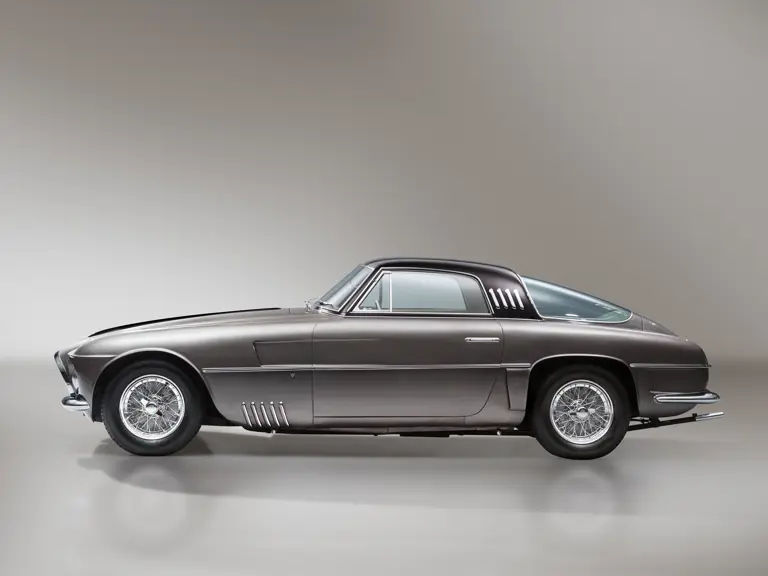
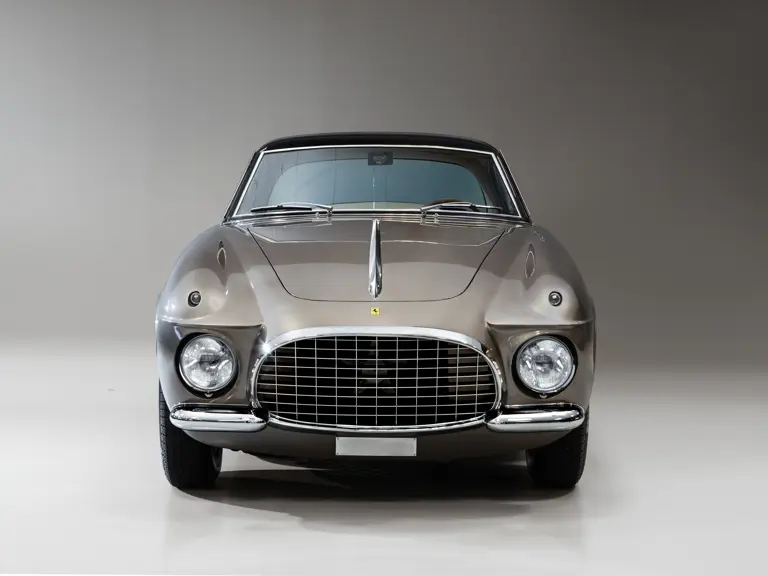

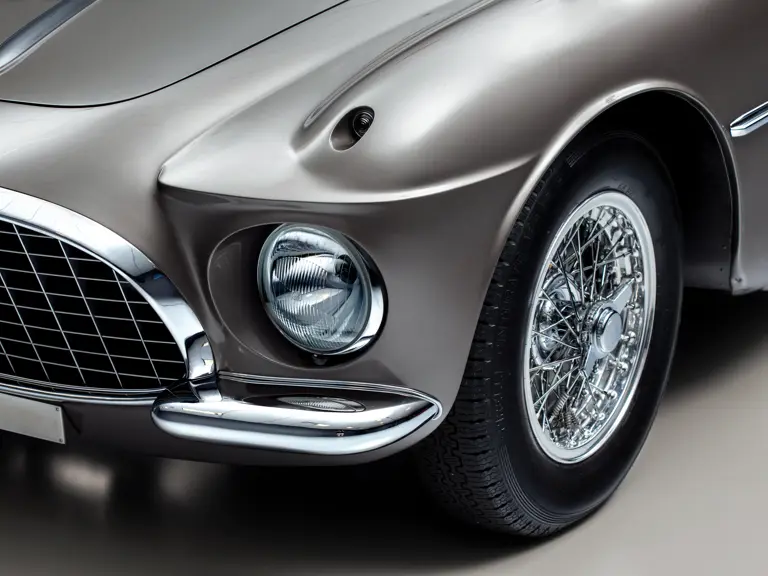

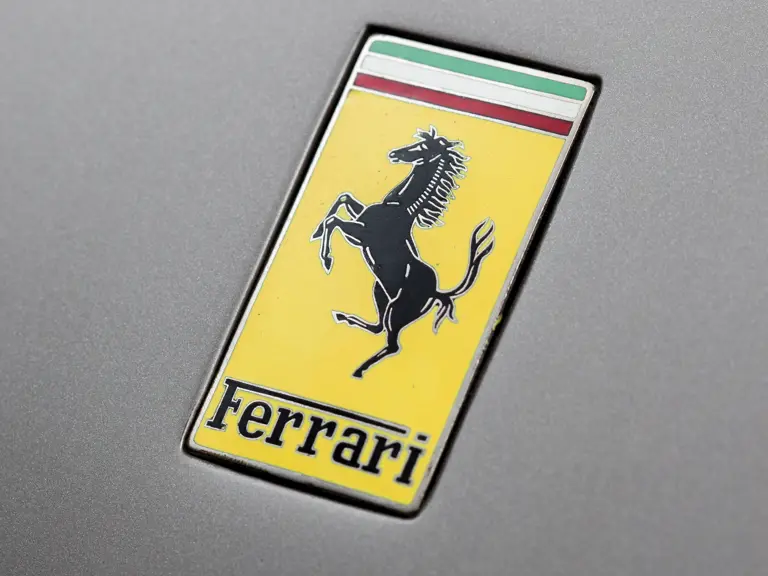

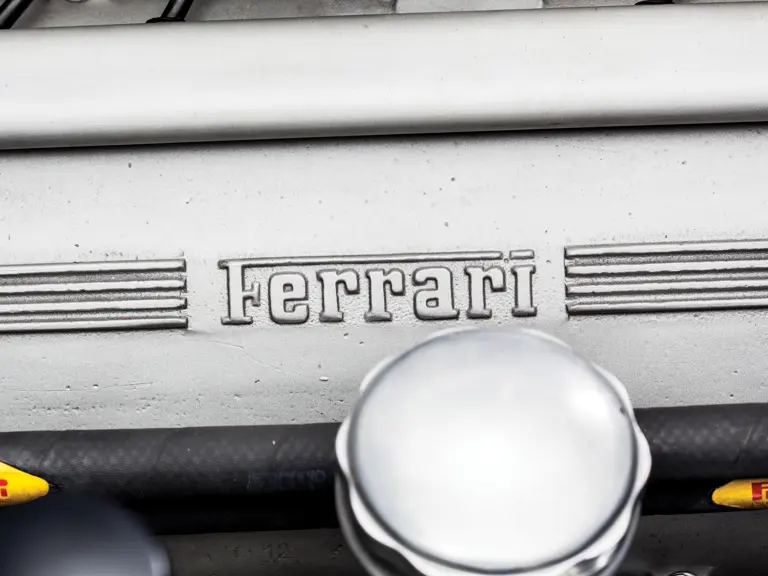

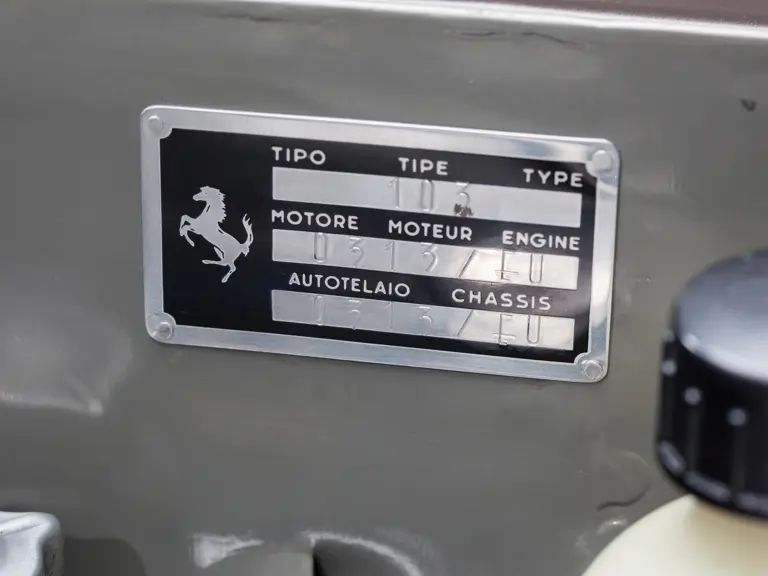

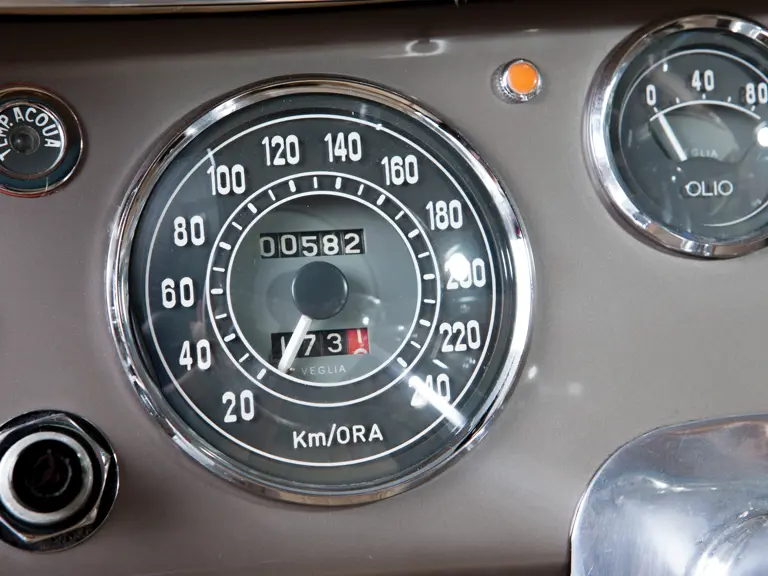
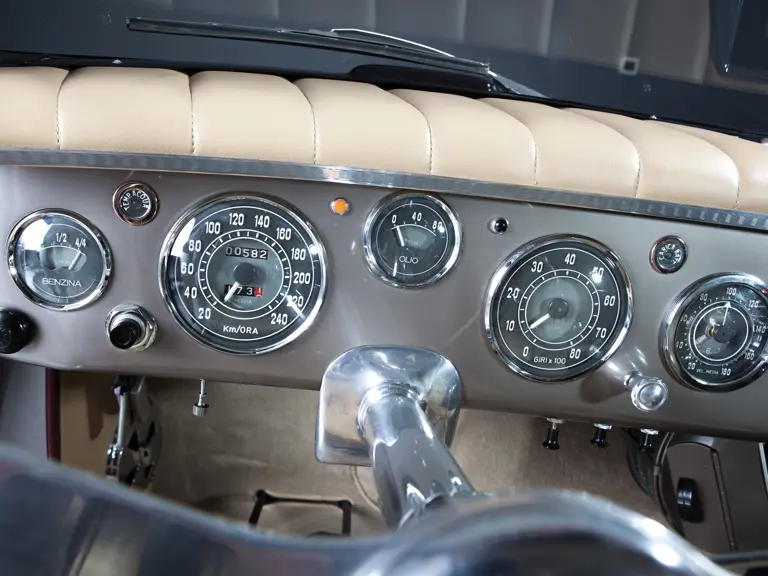
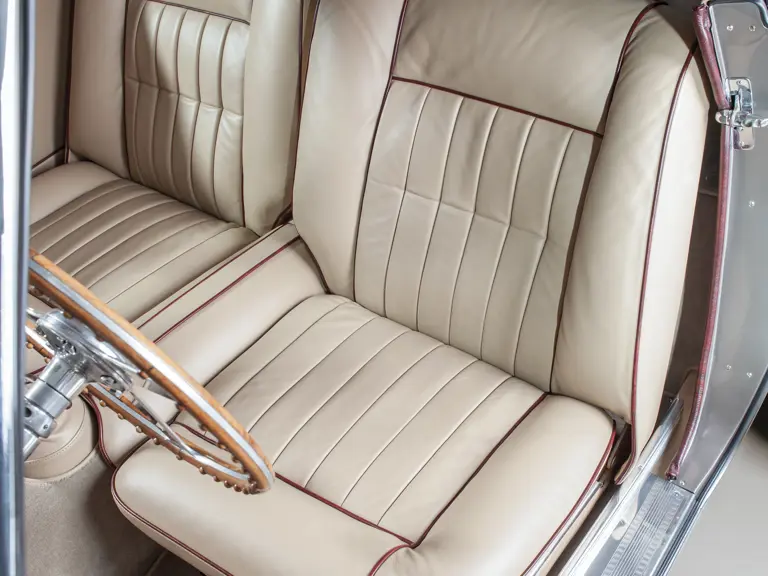
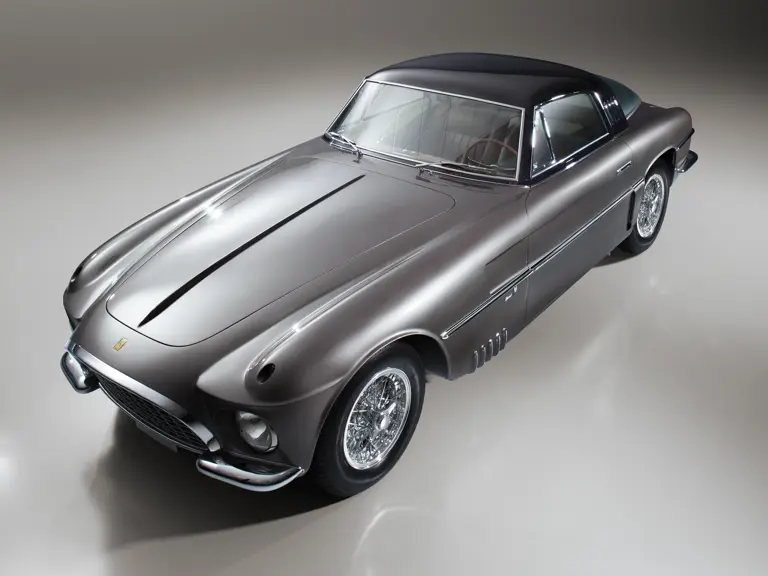
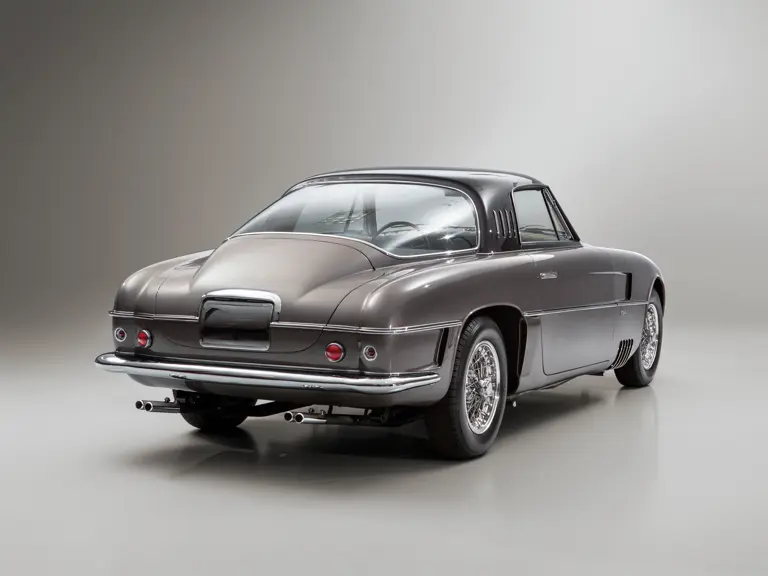
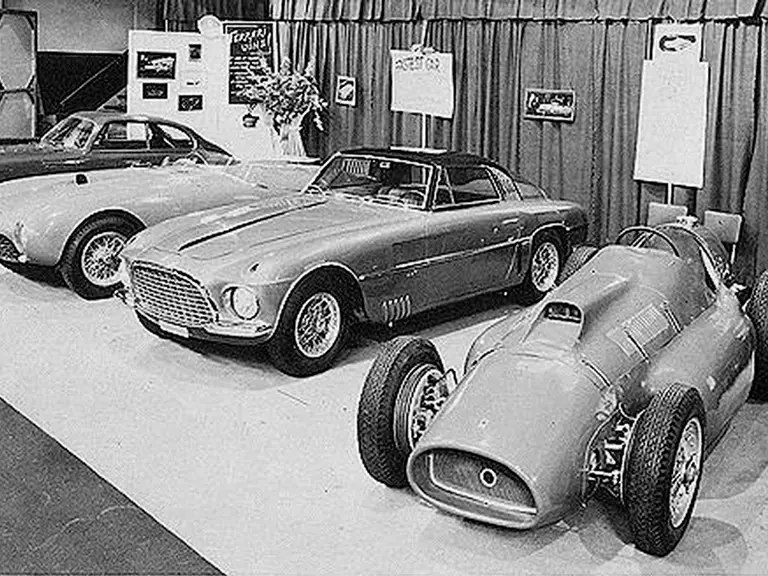
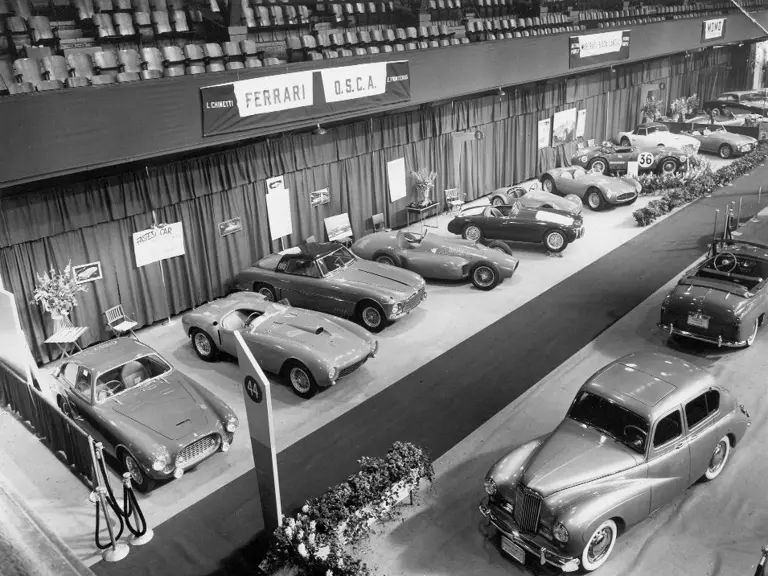
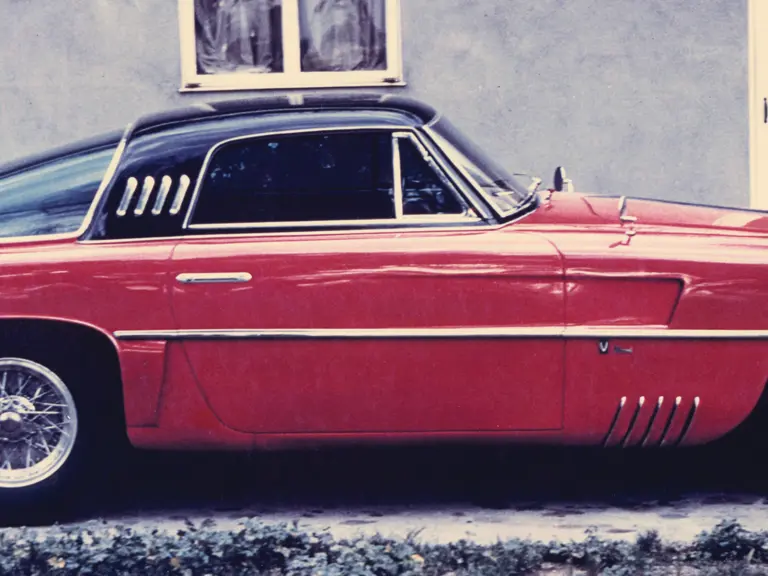
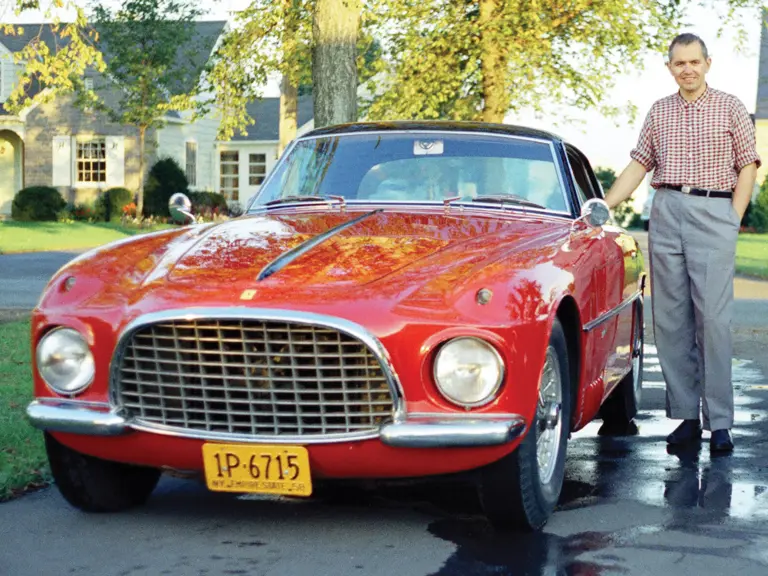
 | Maranello, Italy
| Maranello, Italy
